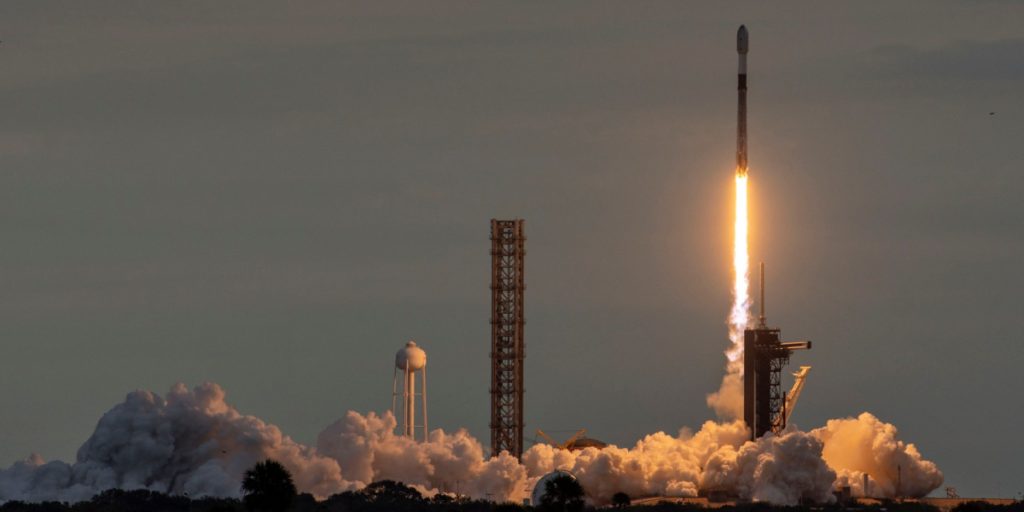Each flight provides data that helps engineers improve future missions.
Others are reading now
SpaceX has transformed space travel. The company, founded by Elon Musk in 2002, has focused on reusable rockets, private space missions, and long-term plans for Mars exploration.
Unlike traditional space agencies, SpaceX follows a fast-paced approach, testing and modifying designs through repeated launches.
Each flight provides data that helps engineers improve future missions.
The Starship program is a central part of these efforts, with the goal of developing a fully reusable spacecraft for deep-space missions.
Also read
The latest test was another step in that process.
Caught by Mechanical Arms
During its seventh test flight, SpaceX’s Starship lost contact with mission control at an altitude of 146 km above Earth. The launch took place from SpaceX’s Boca Chica spaceport in Texas.
After separating from the Super Heavy booster, the spacecraft stopped transmitting data and was declared lost.
A SpaceX representative, providing live commentary during the launch, confirmed that losing telemetry meant there was no communication with the vehicle.
Later, the company announced that the Starship rocket broke apart during the test, according to WP.
Despite this setback, SpaceX recorded a major success with the landing of the Super Heavy booster.
The rocket returned to the launch site and was caught in mid-air by mechanical arms.
This marks the second time SpaceX has successfully recovered the first stage of Super Heavy.
While the loss of Starship is a disappointment, the booster landing is considered a significant achievement for the company.
The latest version of Starship, known as Block 2, is the tallest rocket ever built. It is two meters taller than its predecessors and more than twice the height of the Leaning Tower of Pisa.
According to The Independent, the newest generation of Starship is seen as “a key test of Elon Musk’s Martian ambitions.”

